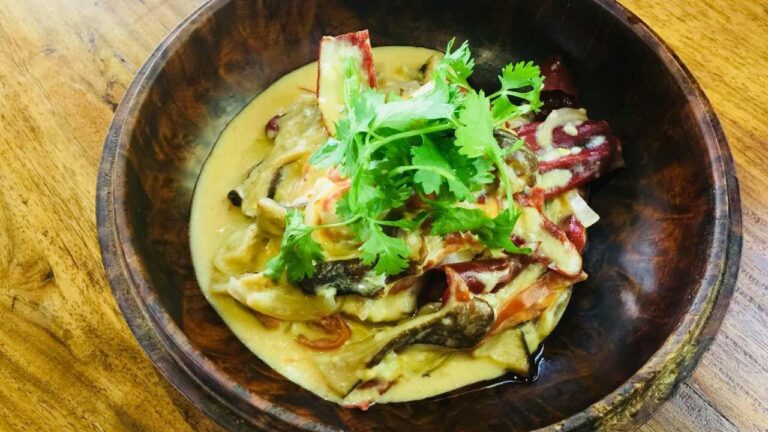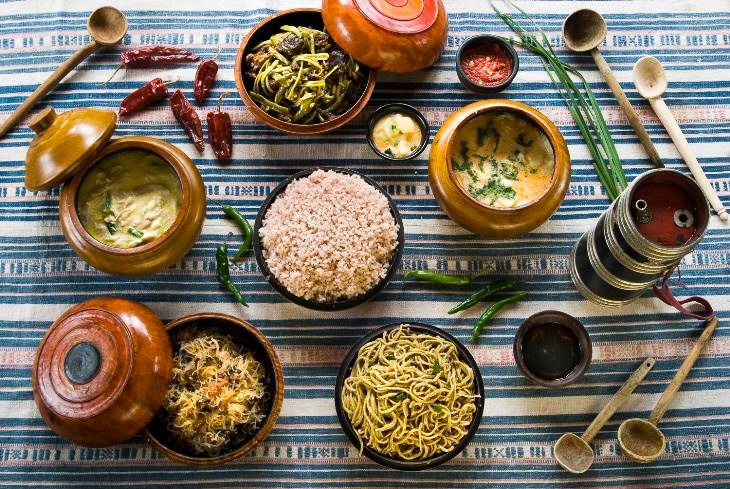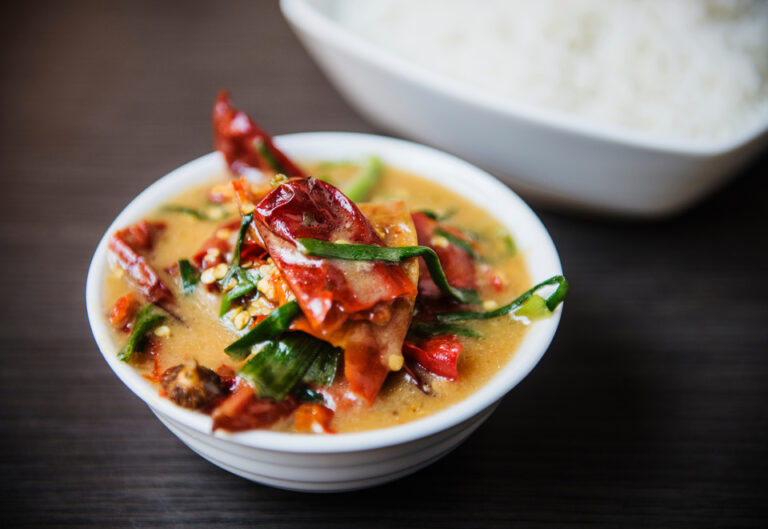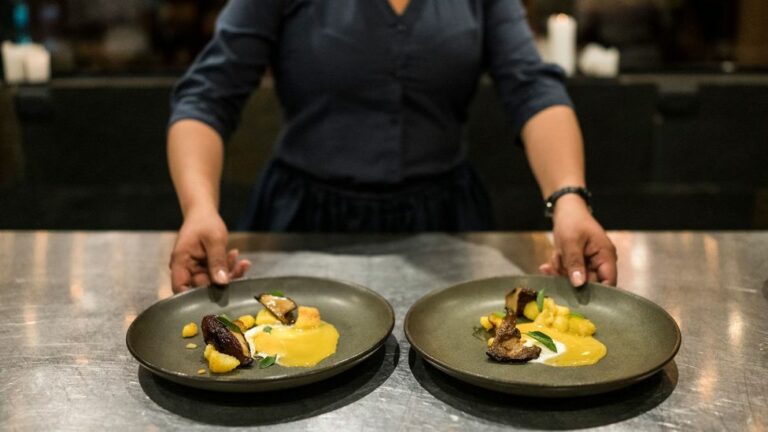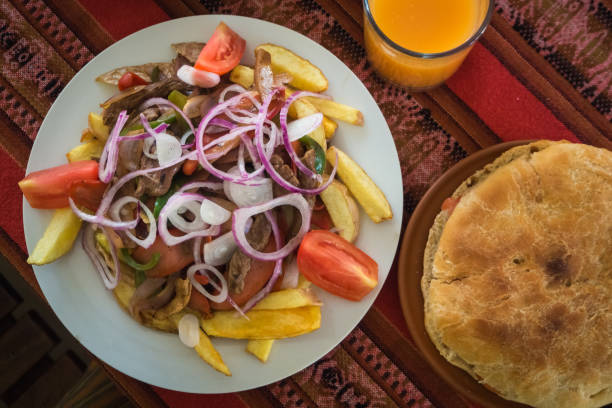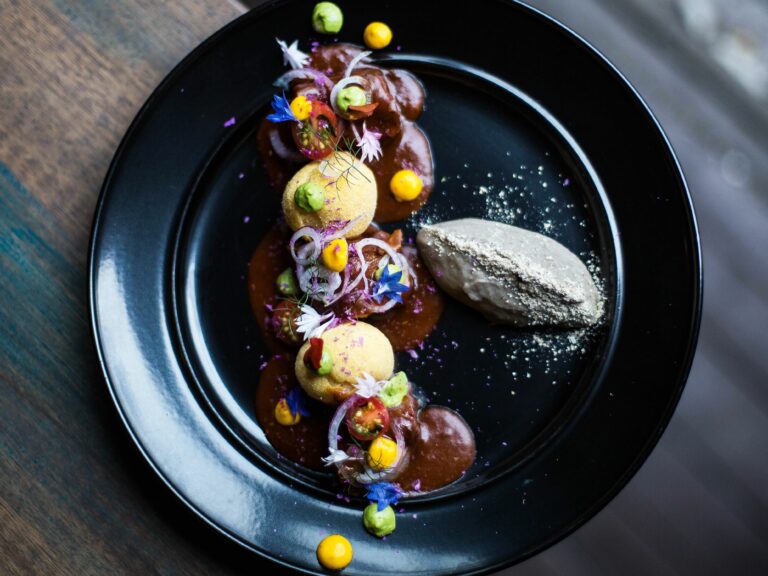Introduction to Bhutanese Dining
Bhutanese dining is a unique experience that involves a blend of traditional customs and modern practices. The cuisine of Bhutan features a variety of spicy dishes made with locally-sourced ingredients such as vegetables, meat, and rice. Bhutanese dining is a social affair, with friends and family gathering to share a meal and engage in lively conversations.
Importance of Etiquette in Bhutanese Culture
Respecting cultural norms and etiquette is of utmost importance in Bhutanese culture, including during dining experiences. Bhutanese dining customs are deeply rooted in the country’s traditions and beliefs, which emphasize respect for elders, hospitality, and generosity towards guests. Failing to adhere to these customs can be seen as disrespectful and impolite.
Traditional Bhutanese Dining Customs
Bhutanese dining customs involve washing hands before and after the meal, serving food in a traditional wooden bowl called dap, and using fingers to eat. It is customary to offer the best portion of food to the guest of honor, who is usually seated in the center of the table. Furthermore, it is considered polite to eat slowly, savoring each bite, and to avoid wasting food.
Seating Arrangements in Bhutanese Dining
In Bhutanese dining, seating arrangements are based on hierarchy and age. The eldest person is seated in the most prominent position, while others are seated in descending order of age. Guests are usually seated on floor mats, and it is customary for the host to sit at the head of the table.
Appropriate Table Manners in Bhutanese Dining
Bhutanese dining etiquette involves using the right hand to eat and refraining from burping, slurping, or speaking with a mouthful of food. Guests should wait for the host to begin eating before starting their meal and should avoid using their left hand as it is considered unclean.
Handling Utensils and Serving Food
Bhutanese dining customs involve using hands to eat and not using cutlery. Utensils are only used for serving food. It is customary for the host to serve food to the guests, and it is considered impolite to reach across the table to serve oneself. Furthermore, it is considered polite to refill the glasses of others before refilling your own.
Drinking and Toasting in Bhutanese Dining
In Bhutanese dining, it is customary to offer a toast before the meal begins. Toasts usually involve expressing gratitude, good wishes, or celebrating a special occasion. It is customary to sip the drink after the toast rather than finishing the entire drink. Alcohol is typically served during the meal, but it is important to drink in moderation.
Conclusion: Respect and Enjoyment in Bhutanese Dining
Bhutanese dining customs reflect the country’s rich cultural heritage and emphasize the importance of respect, hospitality, and generosity. Adhering to these customs can ensure a positive and enjoyable dining experience for both hosts and guests. By respecting Bhutanese dining etiquette, visitors can gain insight into the country’s unique culture and traditions.

